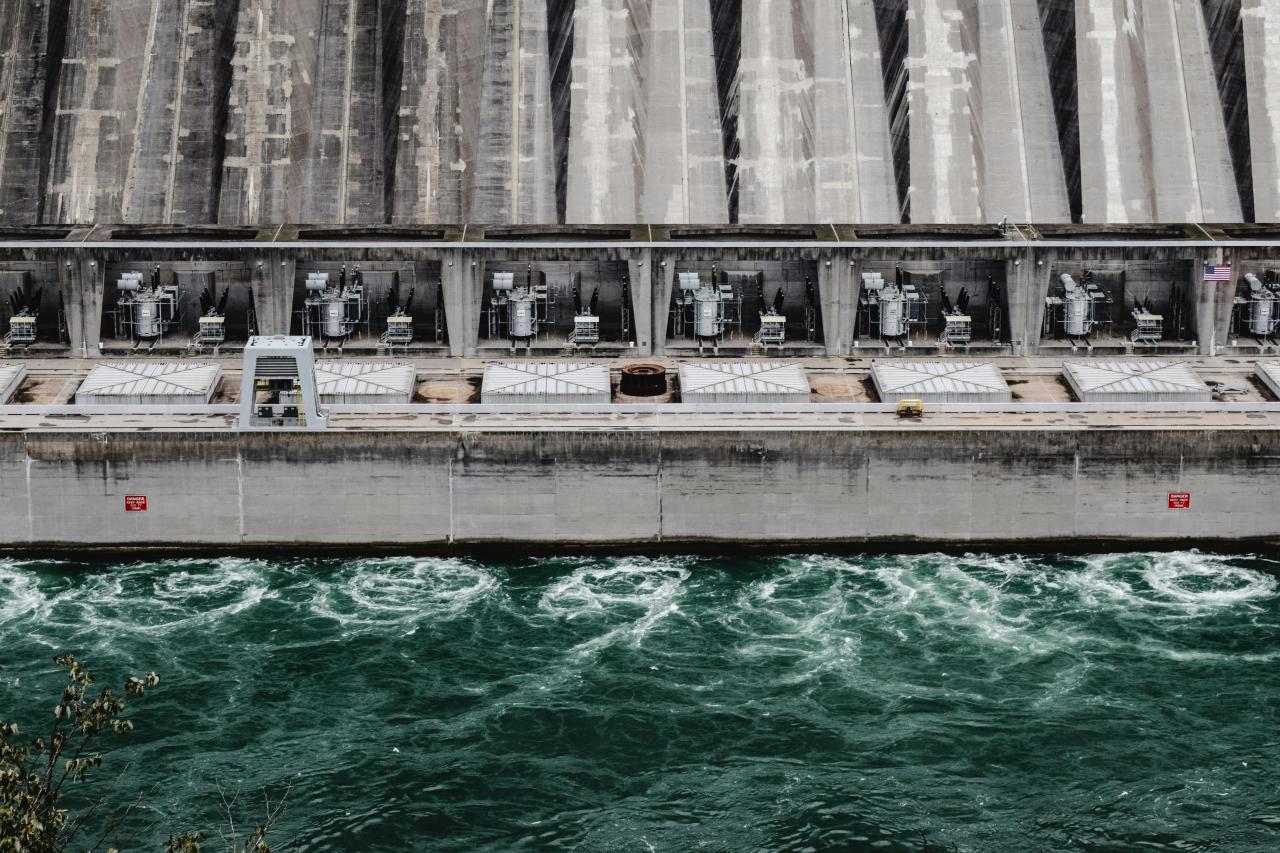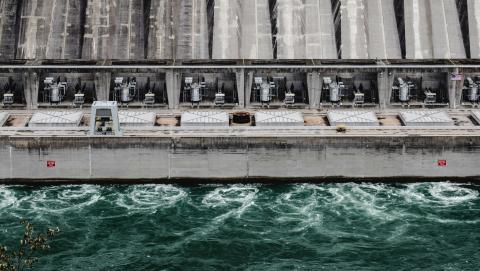
Response on Bill 17, Province Releases Integrated Energy Plan
AMO’s Response on Bill 17 – Protect Ontario by Building Faster and Smarter Act
AMO has submitted comments to the province on legislative changes made under Bill 17, which was fast-tracked through the legislature and has received Royal Assent.
The legislation incorporates several joint recommendations from AMO and the Ontario Home Builders' Association (OHBA) regarding development charge (DC) modernization. Bill 17 contrasts significantly with the broad, across-the-board reductions introduced by Bill 23, offering instead a framework for changes with details to be developed through further consultation. AMO supports this collaborative approach, as it provides municipalities a valuable opportunity to apply their expertise and shape effective on-the-ground implementation. AMO will structure further collaboration with the municipal sector and OBHA to advise government on successful implementation. Advice will focus on these elements of the DC regime included in the bill for later regulatory implementation, which modernize calculations and their transparency:
-
Merging DC service categories for credit purposes
-
Defining a local service
-
Deferring payment of DCs for residential developments
-
Limiting recoverable capital costs
-
Prescribing methodologies for calculating the benefit of new infrastructure to existing development, and
-
Various measures to increase transparency
The ongoing housing crisis and challenging development market create an imperative for the province to act quickly. AMO will need to be nimble, working quickly and efficiently with our sector and home builders to influence regulations. We will jointly develop initial advice to support broader subsequent municipal engagement.
In our Bill 17 comments and in its broader advocacy, AMO continues to call on the province for predictable, sustainable, and adequate funding for municipal infrastructure to support unprecedented growth, address aging assets, and increase climate resilience.
AMOs’ comments on Bill 17 also included implementation advice on other elements including:
- Planning regime changes, e.g. expanding as-of-right permissions, how to determine what constitutes a complete planning application, considerations for relying on stamps by certified professionals, etc.
- A recommendation that the new Minister of Infrastructure’s Minister’s Zoning Order authority for transit-oriented communities is only used in collaboration with municipalities, including securing a formal council resolution
- Balancing the standardization and streamlining of building approvals with a strong green building and energy efficiency standards, and
- Recommending ongoing engagement with the municipal sector in support of provincial consultations announced with the bill on new water and wastewater services governance and technology as well as road construction standardization.
Province Releases Integrated Energy Plan for Ontario
The Minister of Energy and Mines has released Ontario's first Integrated Energy Plan which outlines the province's vision to meet energy demand while prioritizing affordability, reliability, energy security, and clean energy. This plan gives municipalities a framework to inform local decisions about energy projects, and reinforces the role of municipalities in the energy system. The plan reflects AMO's advocacy to the province on energy including committing to:
-
Continuing to ensure project proponents in competitive electricity procurements are required to obtain a supportive municipal council resolution for new projects, and encouraging projects to provide meaningful local benefit agreements
-
Maintaining a mix of energy sources including renewable electricity, nuclear, hydroelectric, natural gas, and low-carbon fuels to balance the goal of a clean energy supply with flexibility for residents and businesses to use the energy type that fits their needs
-
Ensuring reliability and affordability, particularly in rural and northern communities, including through expanded electricity transmission infrastructure
-
Working with local distribution corporations (LDCs) to modernize the electricity distribution grid including identifying new infrastructure funding approaches, and technology to ensure residents can connect and access electricity when and where they need it



